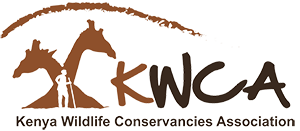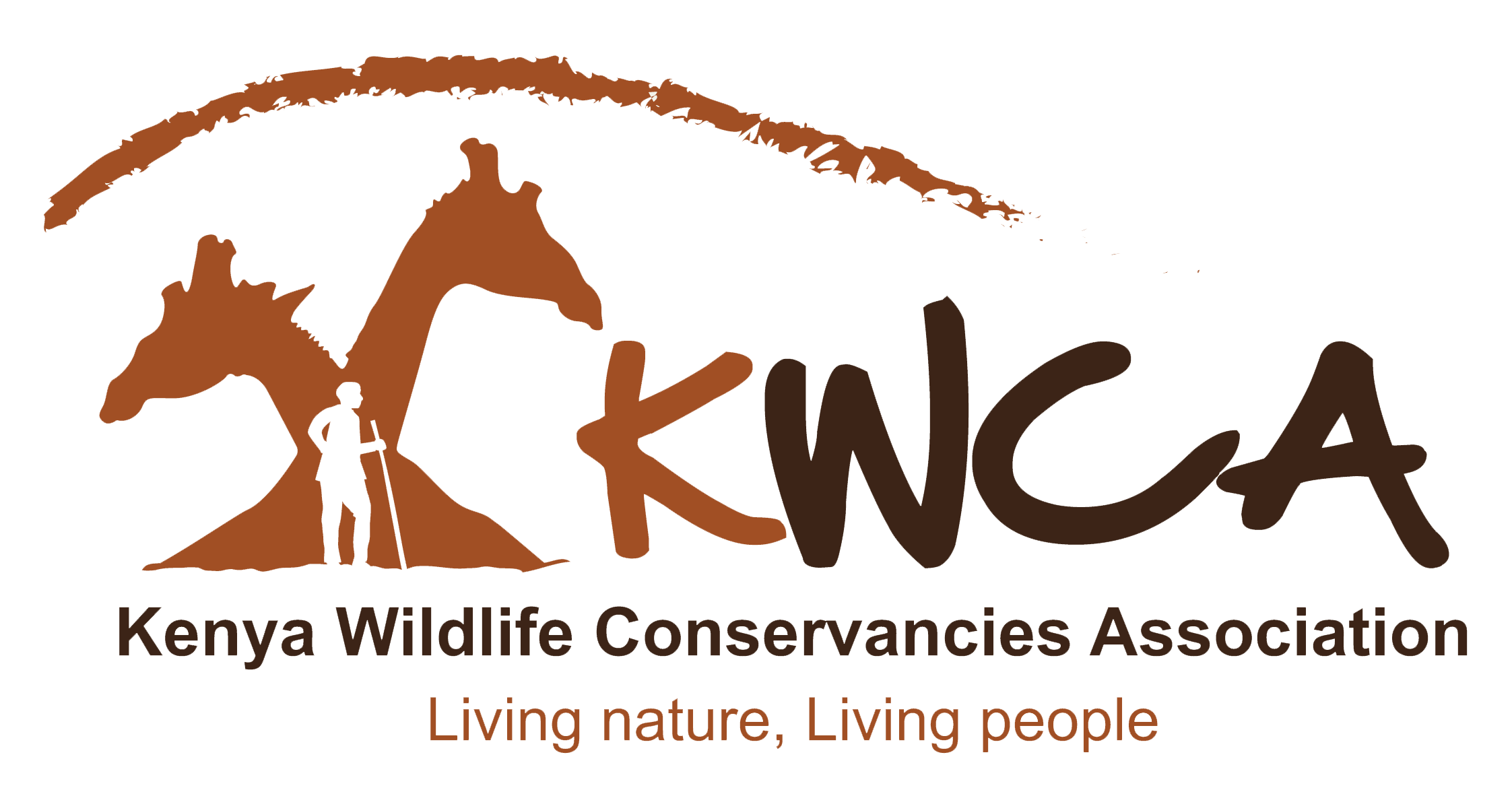Kenya’s New Vision on Tourism and Wildlife Conservation Unveiled
Kenya’s Tourism Blueprint 2030 and National Wildlife Strategy 2030 was launched on Tuesday by the Deputy President H.E William Ruto at a colourful ceremony held at the Kenya International Conference centre. The two strategies are aligned to Kenya’s Vision 2030 and the Government’s Big Four Agenda. Tourism and wildlife are closely connected and interlinked. The tourism industry contributes 10% of its National Gross Development Product (GDP) and 11% of total formal workforce. 80 percent of Kenya’s tourism revenue is from the wildlife sector. The Wildlife Strategy seeks to secure our wildlife heritage to drive the tourism blueprint.
In his speech the Deputy President, congratulated the Cabinet Secretary Hon. Najib Balala, his team and all involved in the development of the two strategies. Speaking on the National Wildlife Strategy, the deputy president, pointed out climate change, population growth, pollution and human conflicts as some of the challenges affecting wildlife and its habitat in Kenya and assured Kenyans the government was fully committed to implement the flagship programs in the strategy.
The strategy contains four pillars: Resilient ecosystems; Engagement by all Kenyas; Evidence based decision making; and sustainability and governance as a response to the chronic and emerging challenges facing wildlife in Kenya.
A collaborative framework for implementation and cross sectoral coordination
To transform the sector, the National Wildlife Strategy aims to provide an overarching framework that prioritizes, coordinates and inspires active participation and equitable benefit sharing. To enable effective implementation, the strategy has recognized and outlined the roles of the national and county government and landowners to collectively work together to implement its targets and action and ensure delivery of the five (5) year priority goals and strategies under each pillar which include:
- Promote an ecosystem approach and inclusion of biodiversity in totality.
- Promote integrated planning and cross-sectorial coordination.
- Enhance awareness and participation.
- Include evidence-based decision-making.
- Embrace equitable and inclusive access to benefit sharing, climate resilience, good governance and sustainable financing
To ensure that the sector is well coordinated with other sectors and ensure sustainable development, the deputy president ordered the cabinet secretary to establish an inter-ministerial task force to ensure conservation areas were not affected by large infrastructural development.
KWCA CEO Dickson Kaelo welcomed the idea “an inter-ministerial committee is refreshing considering the challenges conservancies such as Mugie, Eastern Mara conservancies and Tsavo area conservancies are likely to face with the new expanded road network and the Standard Gauge Railway line.” He said.
A continuous Implementation Process
The strategy is not an end in itself. It is designed to promote an iterative, continuous process to ensure accountability over time (ideally as a five-year cycle). It began with a series of meetings which were held between March 2017 and April 2018.
The process brought Kenyans together in briefing meetings, a National Steering Committee briefing, launch of the strategy formulation process, public participation and stakeholder engagement, regional public consultations, and under-the-tree grassroots meetings.
KWCA participated as members of the national technical committee and synthesis team during the formulation process and was contracted to organise and facilitate community consultative “under the tree” meetings through its regional associations. The communities and landowners living with wildlife and actively conserving them on their lands contributed to the Strategy by identifying real issues affecting effective conservation as well as possible solutions.
Nine (9) community grassroots consultative meetings were held reaching over 300 communities and conservancies stakeholders and collating authentic views on issues hindering effective, sustainable and beneficial wildlife conservation in Kenya and proposed practical solutions required to address the issues. Most of the proposal raised by the community and landowners have been integrated into the strategy.
Given the short notice for validation, the cabinet secretary assured the public the ministry would receive comments and feedback from the public beyond the launch as part of its review process in the coming weeks and months. KWCA will work to align its upcoming 5 year organisation strategy 2019-2024 to the wildlife strategy by incorporating some of the flagship activities.
Click here to download the National Wildlife Strategy


Leave a Reply
You must be logged in to post a comment.